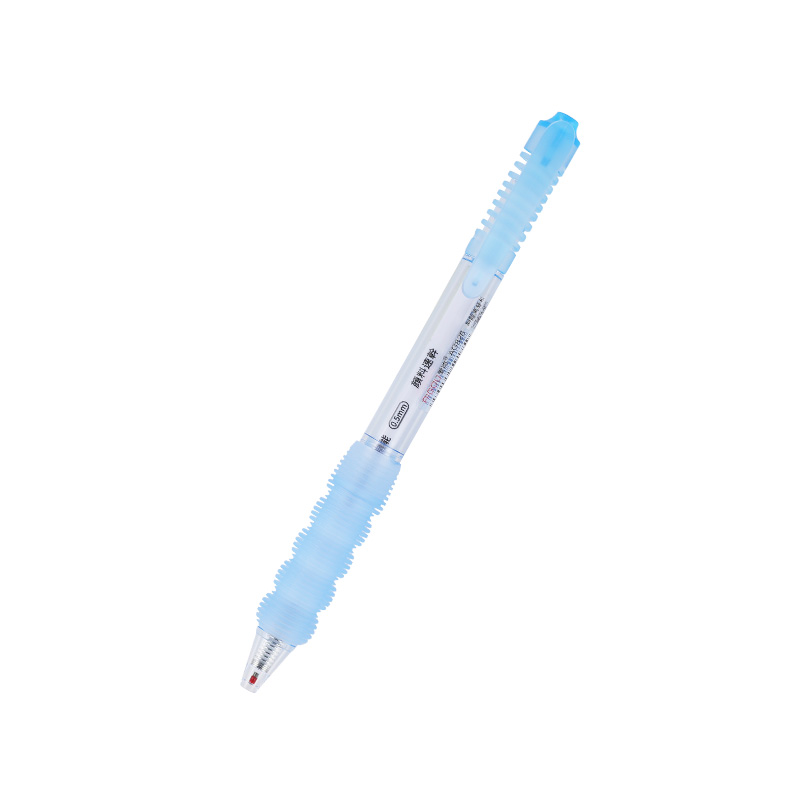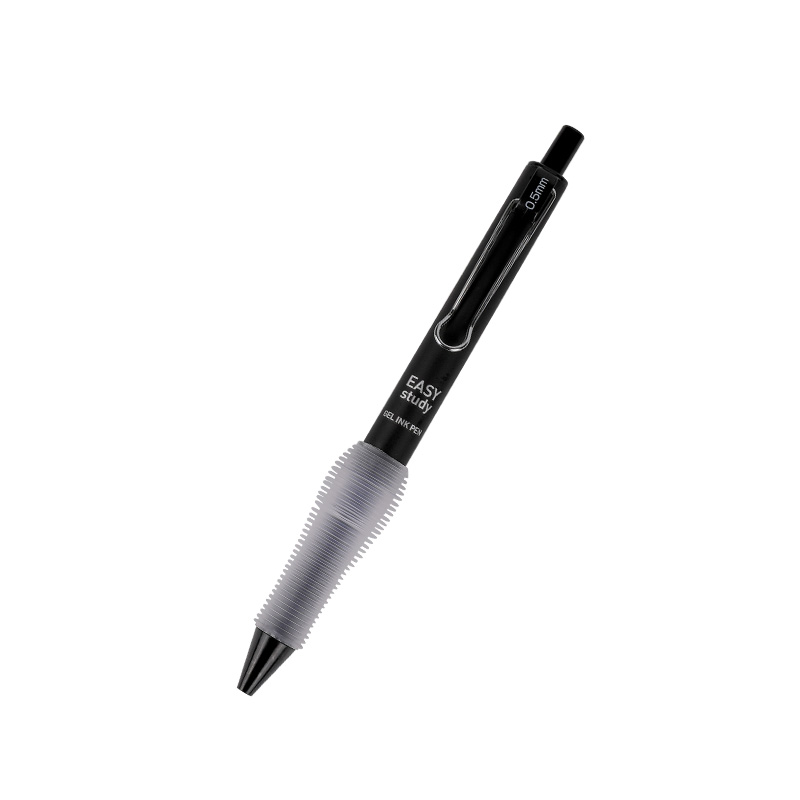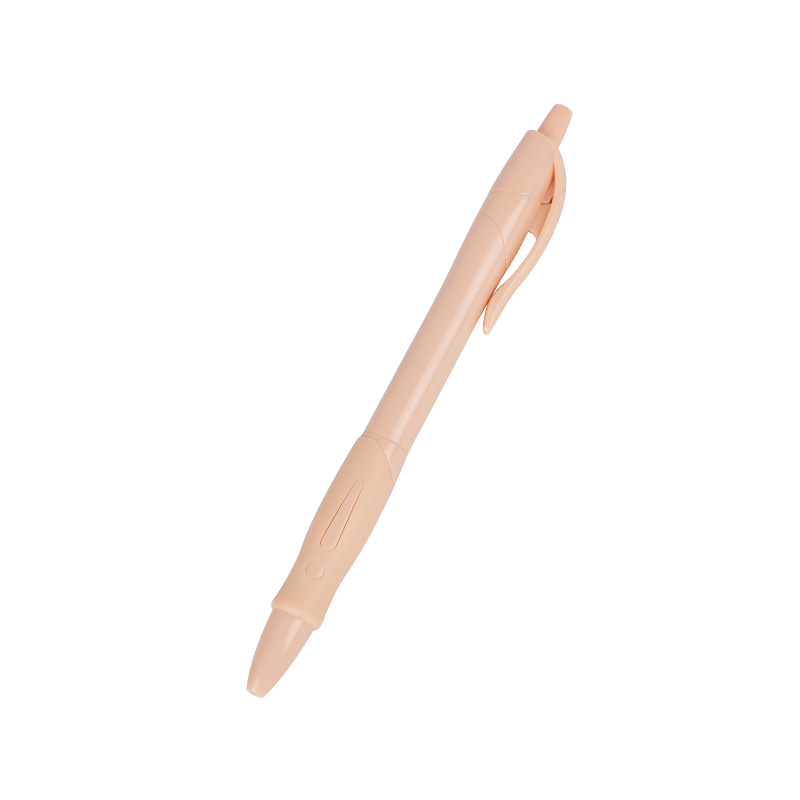The Impact of Body Material and Craftsmanship on Rolling Ball Pen Design and Durability
Custom pilot precise grip rolling ball pen Factory
The rolling ball pen has long been a staple in both professional and personal writing tools, appreciated for its smooth writing experience and efficiency. One critical aspect that often gets overlooked in discussions about rolling ball pens is the pen body’s material and craftsmanship. The design and construction of the pen body are not just about aesthetics but also about functionality and durability. This article explores how different materials and craftsmanship techniques affect the overall performance and longevity of a rolling ball pen, making it a subject worthy of attention in the writing instrument industry.
Different materials are used in the production of rolling ball pens, each offering unique advantages in terms of durability, weight, and feel. The material of the pen body has a direct influence on the comfort, usability, and longevity of the rolling ball pen.
Plastic is one of the more common materials used in rolling ball pen construction due to its affordability and ease of manufacturing. High-quality plastics, such as ABS (Acrylonitrile Butadiene Styrene) or polycarbonate, are often chosen for their lightweight properties, which make the pen comfortable for extended writing sessions. Moreover, plastic allows for flexibility in design, making it possible to create rolling ball pens in a wide array of colors and shapes. Despite being lightweight, plastic rolling ball pens can still be durable, especially when reinforced with high-quality polymers.
However, one downside to plastic rolling ball pens is their susceptibility to wear and tear over time. Scratches, cracks, and fading are common issues, which can affect the long-term appearance of the rolling ball pen. Still, many users appreciate the cost-effectiveness and versatility of plastic pens.
For a more premium feel, many manufacturers use metal in the construction of rolling ball pens. Metals such as stainless steel, aluminum, and brass offer enhanced durability and a sleek, professional appearance. A rolling ball pen made from metal tends to have more weight, providing a balanced feel that appeals to those who prefer a more substantial writing instrument.
In addition to their durability, metal rolling ball pens also resist scratches and dents better than plastic ones. Aluminum, in particular, is popular for its lightweight yet strong properties. Stainless steel, on the other hand, offers nice resistance to corrosion, making it a popular choice for high-end rolling ball pens.
Carbon fiber is another material gaining popularity in rolling ball pen production. Known for its lightweight and high-strength properties, carbon fiber offers a unique blend of durability and modern aesthetic appeal. Rolling ball pens made from carbon fiber are not only resistant to wear and tear but also feature a sleek, futuristic look that appeals to many users.
While more expensive than plastic or metal, carbon fiber rolling ball pens are considered an investment in quality and design. These pens tend to last longer, maintaining their appearance and functionality over extended use.
Beyond the material, the external finish of a rolling ball pen plays a critical role in both the aesthetic appeal and durability of the product. Craftsmanship techniques, such as anodizing, painting, and coating, can elevate the pen's design while also offering additional protection against wear.
Anodizing is a finishing process commonly used for aluminum rolling ball pens. This technique not only enhances the pen’s appearance by adding vibrant colors and a matte or glossy finish but also strengthens the surface, making it more resistant to scratches and corrosion. Rolling ball pens that undergo anodizing are less likely to show signs of wear, making this a popular option for users seeking both durability and style.
Painting is another popular finish for rolling ball pens, especially plastic ones. It offers endless possibilities in terms of color and texture. Glossy, matte, or metallic finishes can be applied, allowing manufacturers to create rolling ball pens that cater to a variety of tastes. However, painted surfaces can be prone to chipping or fading over time, particularly if the pen is used frequently or subjected to rough handling.
Coatings, such as electroplating or PVD (Physical Vapor Deposition), are often used to enhance the durability of metal rolling ball pens. These coatings can add an extra layer of protection against corrosion, scratches, and everyday wear. For example, PVD coatings provide a smooth, polished finish that not only improves the pen’s aesthetic but also adds an element of toughness, making the rolling ball pen more resistant to environmental damage.
How Material and Craftsmanship Affect User Experience
The material and craftsmanship of a rolling ball pen directly influence the user experience. A well-balanced metal rolling ball pen offers a smooth and consistent writing experience, while a lightweight plastic one may be more comfortable for quick notes and casual writing. For those looking for a modern, stylish option, carbon fiber rolling ball pens combine cutting-edge design with long-lasting durability.
Durability is another key factor. Users who frequently carry their rolling ball pen in pockets, bags, or briefcases will appreciate the scratch-resistant qualities of anodized aluminum or coated metal. In contrast, while plastic rolling ball pens may not be as durable, they are easy to replace and affordable for everyday use.
The body material and craftsmanship of a rolling ball pen are fundamental to its overall design and durability. From the cost-effective and versatile plastic pens to the premium and durable metal or carbon fiber options, each material offers distinct advantages. Additionally, finishing techniques such as anodizing, painting, and coating further enhance the durability and aesthetic appeal of the rolling ball pen.
In the end, the better rolling ball pen is one that balances material quality, craftsmanship, and user preferences. Whether you prioritize durability, design, or comfort, the right combination of materials and finishing techniques can significantly impact the overall writing experience and satisfaction of using a rolling ball pen. As such, paying close attention to the body material and craftsmanship is essential when selecting your next rolling ball pen.







